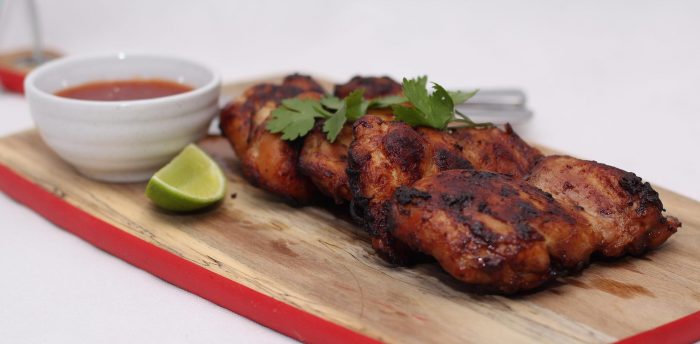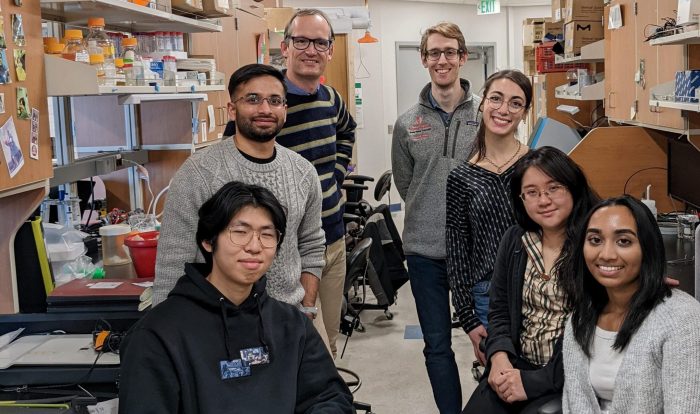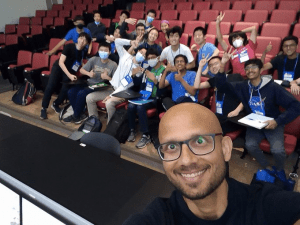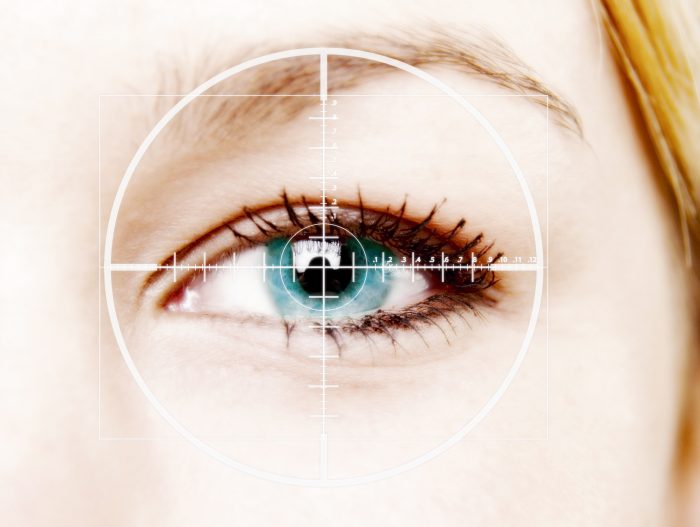Focusing on fiber can provide dramatic results
By David Dunaief, M.D.

Diverticular disease, or diverticulosis, is a common malady that affects us as we age. Thirty-five percent of U.S. 50-year-olds are affected and, for those over the age of 60, approximately 58 percent are affected (1). The good news is that it is potentially preventable through modest lifestyle changes. Here, I will explain simple ways to reduce your risk, while also debunking a pervasive myth — that fiber, or more specifically nuts and seeds, exacerbates the disease.
What is diverticular disease?
Diverticular disease is the weakening of the lumen, or wall of the colon, resulting in the formation of pouches or out-pocketing referred to as diverticula. The cause of diverticula may be attributable to pressure from constipation. Its mildest form, diverticulosis may be asymptomatic.
For those who experience symptoms, they may include fever and abdominal pain, predominantly in the left lower quadrant in Western countries, or the right lower quadrant in Asian countries. It may need to be treated with antibiotics.
Diverticulitis affects 10 to 25 percent of those with diverticulosis. Diverticulitis is inflammation and infection, which may lead to a perforation of the bowel wall. If a rupture occurs, emergency surgery may be required.
Unfortunately, the incidence of diverticulitis is growing. As of 2010, about 200,000 are hospitalized for acute diverticulitis each year, and roughly 70,000 are hospitalized for diverticular bleeding (2). For those between 40 and 49 years old, the incidence of diverticulitis grew 132 percent between 1980 and 2007, the most recent data on this population (3).
How do you prevent diverticular disease and its complications?
There are a number of modifiable risk factors, including diet composition, including fiber intake, along with weight and physical activity.
In a study that examined lifestyle risk factors for diverticulitis incidences, adhering to a low-risk lifestyle reduced diverticulitis risk almost 75 percent among men (4). The authors defined a low-risk lifestyle as including fewer than four servings of red meat a week, at least 23 grams of fiber a day, two hours of vigorous weekly activity, a body mass index of 18.5–24.9 kg/m2, and no history of smoking. They estimated that a low-risk lifestyle could prevent 50 percent of diverticulitis cases.
Examining fiber’s effects
In terms of fiber, there was a prospective study published online in the British Medical Journal that extolled the value of fiber in reducing the risk of diverticular disease (5). This was part of the EPIC trial, involving over 47,000 people living in Scotland and England. The study showed a 31 percent reduction in risk in those who were vegetarian.
But more intriguing, participants who had the highest fiber intake saw a 41 percent reduction in diverticular disease. Those participants in the highest fiber group consumed >25.5 grams per day for women and >26.1 grams per day for men, whereas those in the lowest group consumed fewer than 14 grams per day. Though the difference in fiber between the two groups was small, the reduction in risk was substantial.
Another study, which analyzed data from the Million Women Study, a large-scale, population-based prospective UK study of middle-aged women, confirmed the correlation between fiber intake and diverticular disease, and further analyzed the impact of different sources of fiber (6). The authors’ findings were that reduction in the risk of diverticular disease was greatest with high intake of cereal and fruit fiber.
Most Americans get about 16 grams of fiber per day. The Institute of Medicine (IOM) recommends daily fiber intake for those <50 years old of 25-26 grams for women and 31-38 grams for men (7). Interestingly, their recommendations are lower for those who are over 50 years old.
Can you imagine what the effect is when people get at least 40 grams of fiber per day? This is what I recommend for my patients. Some foods that contain the most fiber include nuts, seeds, beans and legumes. In a 2009 study, those men who specifically consumed the most nuts and popcorn saw a protective effect from diverticulitis (8).
Obesity’s impact
In the large, prospective male Health Professionals Follow-up Study, body mass index played a significant role, as did waist circumference (9). Those who were obese (BMI >30 kg/m²) had a 78 percent increased risk of diverticulitis and a greater than threefold increased risk of a diverticular bleed compared to those who had a BMI in the normal range of <21 kg/m². For those whose waist circumference was in the highest group, they had a 56 percent increase risk of diverticulitis and a 96 percent increase risk of diverticular bleed. Thus, obesity puts patients at a much higher risk of diverticulosis complications.
Increasing physical activity
Physical activity is also important for reducing the risk of diverticular disease, although the exact mechanism is not yet understood. Regardless, the results are impressive. In a large prospective study, those with the greatest amount of exercise were 37 percent less likely to have diverticular disease compared to those with the least amount (10). Jogging and running seemed to have the most benefit. When the authors combined exercise with fiber intake, there was a dramatic 256 percent reduction in diverticular disease risk.
Thus, if you are focused on preventing diverticular disease and its complications, lifestyle modifications may provide the greatest benefit.
References:
(1) www.niddk.nih.gov. (2) Clin Gastroenterol Hepatol. 2016; 14(1): 96–103.e1. (3) Gastroenterology. 2019;156(5): 1282-1298. (4) Am J Gastroenterol. 2017; 112: 1868-1876. (5) BMJ. 2011; 343: d4131. (6) Gut. 2014 Sep; 63(9): 1450–1456. (7) Am J Lifestyle Med. 2017 Jan-Feb; 11(1): 80–85. (8) AMA 2008; 300: 907-914. (9) Gastroenterology. 2009;136(1): 115. (10) Gut. 1995;36(2): 276.
Dr. David Dunaief is a speaker, author and local lifestyle medicine physician focusing on the integration of medicine, nutrition, fitness and stress management. For further information, visit www.medicalcompassmd.com.


















